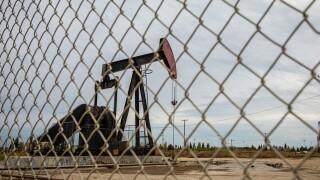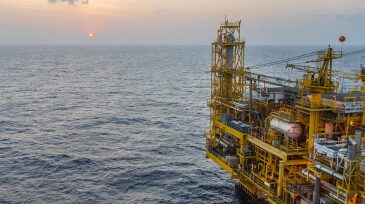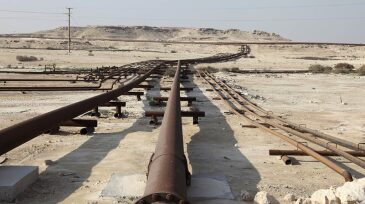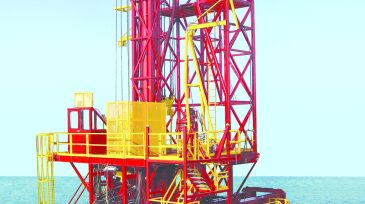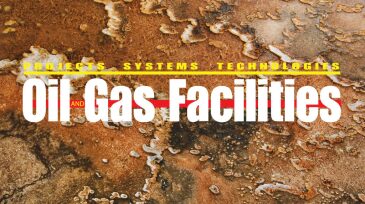Onshore/Offshore Facilities
Estimates commissioned by the Australian government suggest that increasing efficiency will lower costs for decommissioning offshore Australia.
This paper introduces an AI-driven digital fencing system designed to boost security in oil and gas fields. The main objectives are to improve security and safety of oil and gas facilities while addressing the limitations of legacy physical barriers, reducing false alarms, and eliminating the dependability on the grid in favor of renewable energy.
The contract will cover the design and manufacturing of tree systems, flexible flowlines, a manifold, and controls, as well as installation of the subsea production system.
-
Industry has overcome the technical challenges with decommissioning in shallow water. But as deepwater structures require removal, a whole new set of decommissioning challenges will require new solutions. This article highlights some of these challenges.
-
This paper presents a methodology to estimate the probability of failure of every individual corrosion defect and the residual likelihood of failure of an overall corroded pipeline segment after selected repairs, using structural probabilistic analysis.
-
Increasing gas demand and the requirement for short-term to medium-term import solutions have led to rapid growth in the floating regasification sector in recent years.
-
This paper presents the results of tests conducted to design a fast-breaking gelled fluid for a debris-removal operation in a long, large-diameter subsea pipeline in the Asia Pacific region. where traditional pigging was not an option.
-
Global decommissioning projects are ramping up as many installations near the end of their life cycle. Many operators are now planning for major removal projects. Changes in technology and regulations have caused operators to make significant shifts in well abandonment operations.
-
Semoga and Kaji fields experienced reservoir souring and suffered a history of calcium-carbonate (CaCO3) -scale cases before a proper scale-inhibition program was implemented. Problems with a free water knockout discovered continued scale issues, leading to investigation of the reasons.
-
This paper provides details of comprehensive computational-fluid-dynamics (CFD) -based studies performed to overcome the separation inefficiencies experienced in a large-scale three-phase separator.
-
This paper highlights the issues and challenges surrounding pipeline trenching and burial in ice-gouge environments. The current state of practice is discussed along with the technology gaps that need to be addressed.
-
Bridging the gap between facilities and reservoir engineers is critical in designing systems that are flexible enough to allow a spectrum of reservoir feed conditions to be accommodated over the life cycle of the field. While subsurface uncertainties can't be eliminated, they can be managed.
-
Recent activities around career planning for facilities engineers led me to a list of "must read" books. The recent ATCE generated two revelations. As an industry, we do a poor job of managing major capital projects, and we do not know how to design separators.


